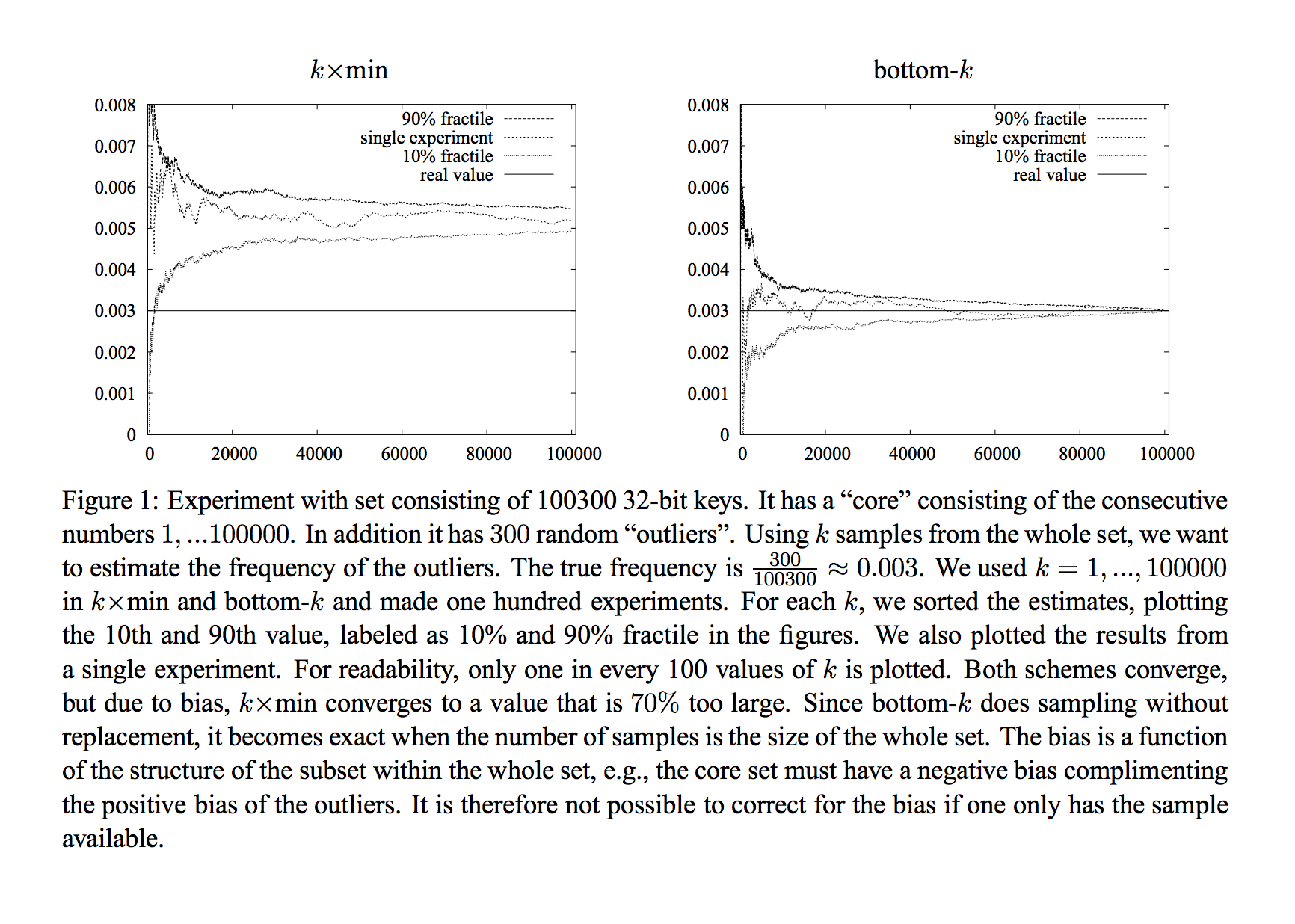Pretty much.. but 28% would be the "error estimate", meaning reported measurements would frequently be inaccurate by +/- 28%.
That means that a reported measurement of 78% could easily come from only 50% similarity..
Or that 50% similarity could easily be reported as 22%. Doesn't sound accurate enough for business expectations, to me.
Mathematically, if you're reporting two digits the second should be meaningful.
Why do you want to reduce the number of hash functions to 12? What "200 hash functions" really means is, calculate a decent-quality hashcode for each shingle/string once -- then apply 200 cheap & fast transformations, to emphasise certain factors/ bring certain bits to the front.
I recommend combining bitwise rotations (or shuffling) and an XOR operation. Each hash function can combined rotation by some number of bits, then XORing by a randomly generated integer.
This both "spreads" the selectivity of the min() function around the bits, and as to what value min() ends up selecting for.
The rationale for rotation, is that "min(Int)" will, 255 times out of 256, select only within the 8 most-significant bits. Only if all top bits are the same, do lower bits have any effect in the comparison.. so spreading can be useful to avoid undue emphasis on just one or two characters in the shingle.
The rationale for XOR is that, on it's own, bitwise rotation (ROTR) can 50% of the time (when 0 bits are shifted in from the left) converge towards zero, and that would cause "separate" hash functions to display an undesirable tendency to coincide towards zero together -- thus an excessive tendency for them to end up selecting the same shingle, not independent shingles.
There's a very interesting "bitwise" quirk of signed integers, where the MSB is negative but all following bits are positive, that renders the tendency of rotations to converge much less visible for signed integers -- where it would be obvious for unsigned. XOR must still be used in these circumstances, anyway.
Java has 32-bit hashcodes builtin. And if you use Google Guava libraries, there are 64-bit hashcodes available.
Thanks to @BillDimm for his input & persistence in pointing out that XOR was necessary.

